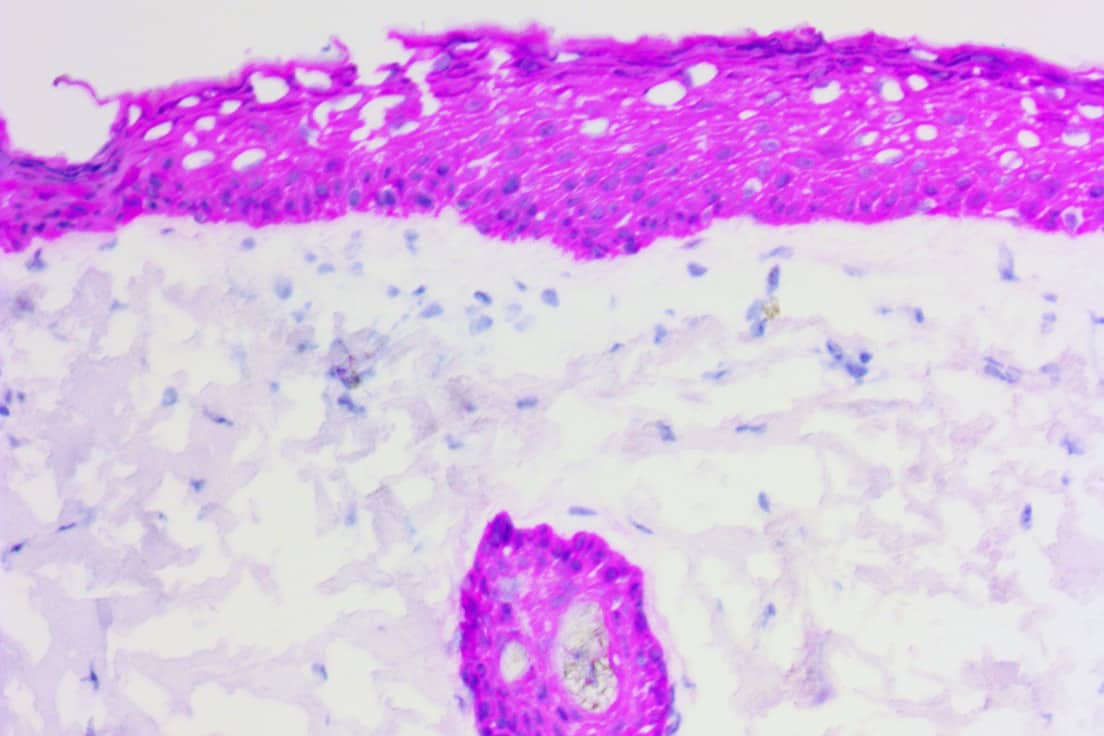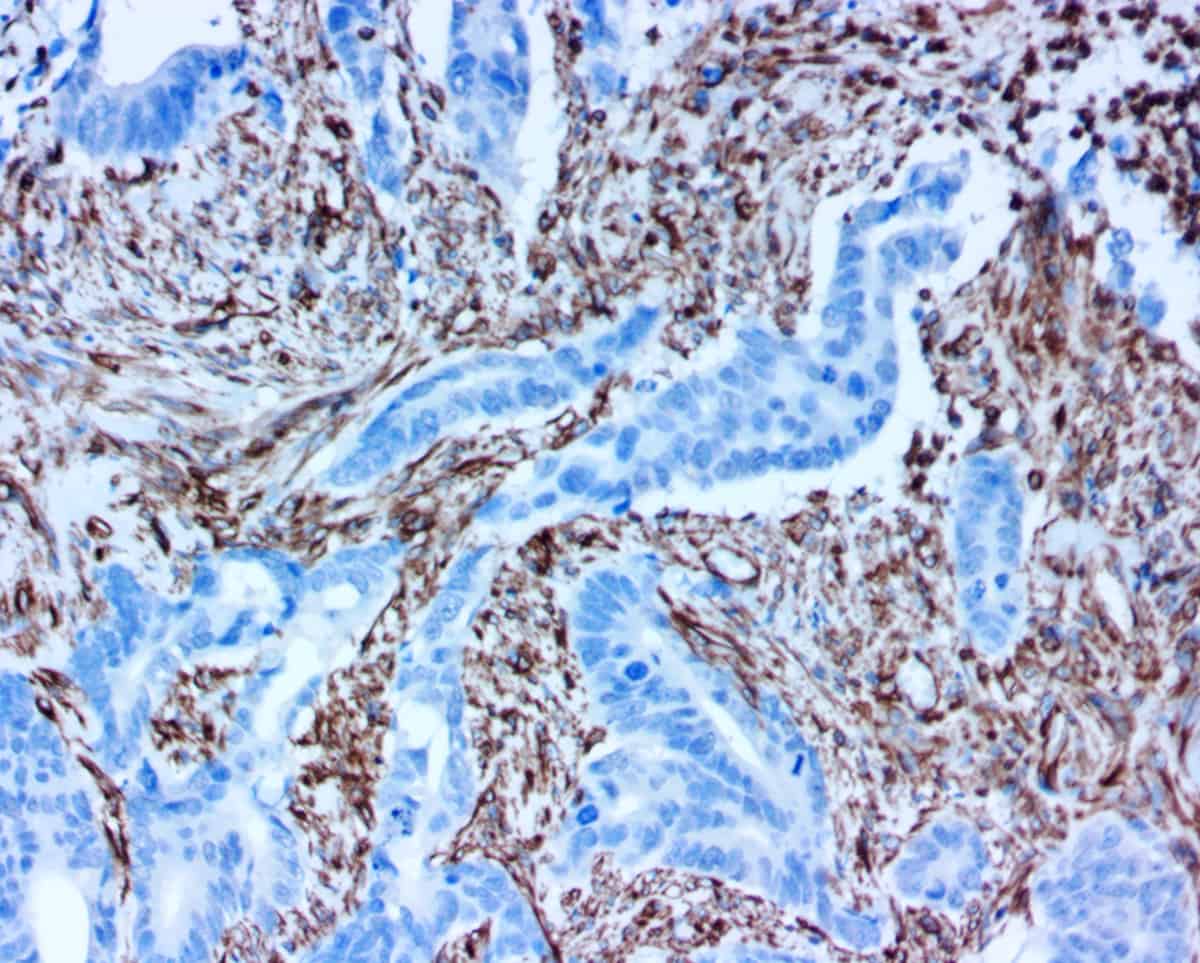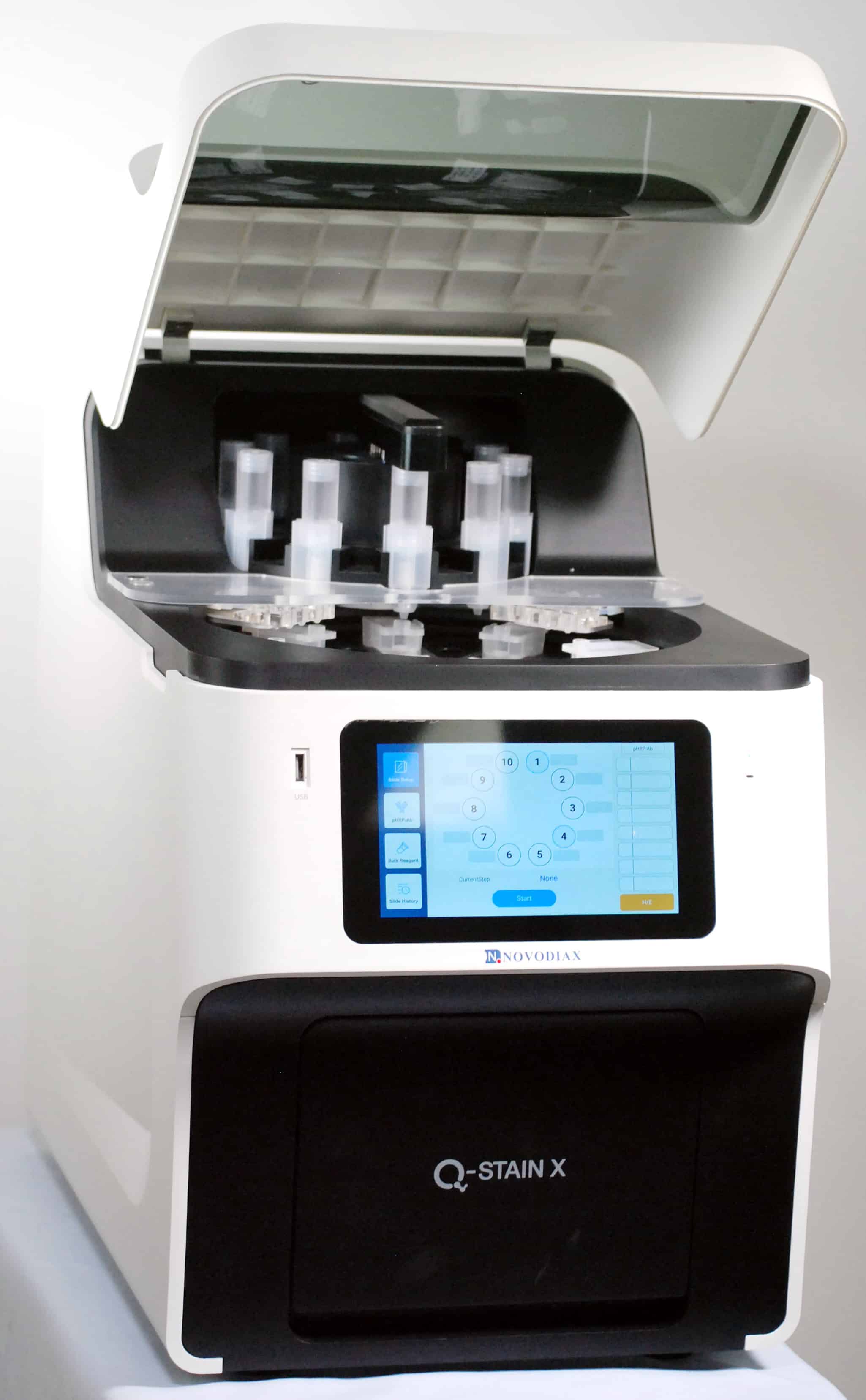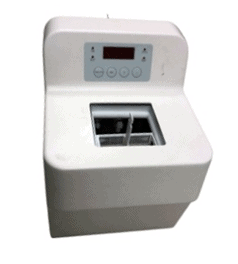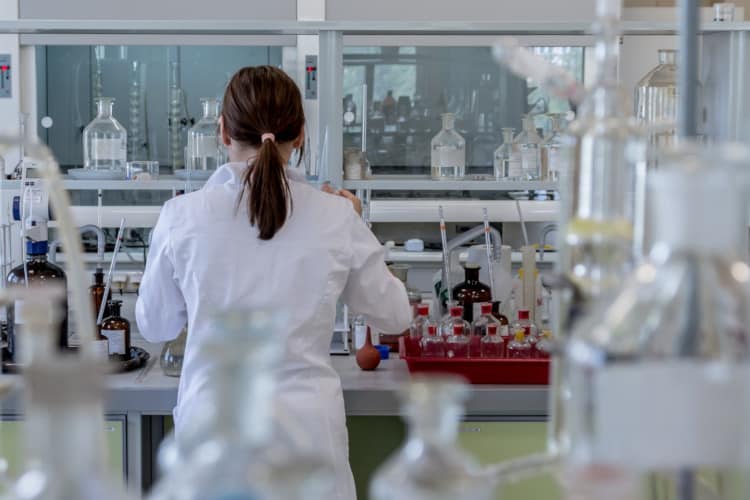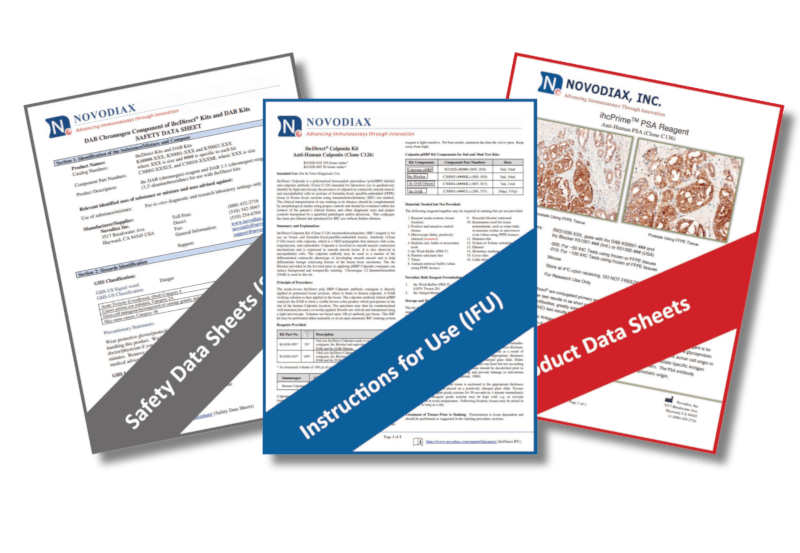Mohs Micrographic Surgery
Mohs surgery has the highest cure rate of all treatments for basal cell and squamous cell carcinomas — more than 99% for new skin cancers and 95% of recurring cancers. Doctors use Mohs surgery for all kinds of skin cancers, and it is considered the most effective treatment for the most common types of skin cancer: basal cell carcinoma (BCC), squamous cell carcinoma (SCC), and melanoma. The goal is to remove as much of it as possible while saving the healthy tissue around it.
During the process, excised tissues are stained with hematoxylin and eosin (H&E), reagents that stain DNA and cellular proteins, respectively. These stains help the pathologist determine if the cells in a tissue are healthy or cancerous. The surgeons’ evaluation of the images on the microscope rely heavily on the clarity and quality of the stained images (remember to thank the technician after your procedure!). As the excised tissue nears the edge of the tumor, differentiating healthy from diseased tissue can be very difficult or even impossible with only H&E stained images. To help with this determination, Mohs surgeons will sometimes ask for a special kind of stain called an immunohisto-chemistry stain (IHC). Using standard tests, it may take 2 hours or 2 days to get the results from that test.
Mohs Surgery Procedure Graphic
IHC tests specifically stain cancer markers in cancer cells, and are exceptionally helpful in determining the presence or absence of cancer cells from excised tissue. The speed and quality of these IHC tests are critical to a successful Mohs surgeon. ihcDirect® cancer tests from Novodiax simplify this process with a novel chemistry that gives clear results in only 10 minutes! These tests reduce patient wait times and make the healthcare provider more efficient with clear, high quality results.
Slow-Mohs Procedure
Slow Mohs is a staged surgical excision used to precisely remove BCC, SCC, melanoma, melanoma in situ, lentigo maligna, and some severely atypical moles.
Similar to regular Mohs micrographic surgery, it removes the skin cancer while trying to save as much normal healthy skin around it. The surgeon will excise tissue, similar to the regular Mohs procedure, and makes a classic Mohs map with the same inking process. In slow-Mohs the tissue is sent off site where it is processed and read by a dermatopathologist who will mark areas of the map and send it back to the surgeon in a process that can take days. If any tumor cells are present, patients have to return to the surgeon for removal of another stage and the process will be repeated again.
If you are scheduled for a slow-Mohs procedure, you may be required to return for multiple days of surgery. If additional stages are necessary then your surgeon will continue the process over the next days as necessary.
Problems with Slow Mohs:
-
- Second or third day appointments for a single patient if the tests come back positive
- Higher medical costs to cover multiple procedures
- Longer waiting time for patients
- Higher risk of secondary infection due to delayed closure
At Novodiax, we believe patients prefer a service that offers the prospect of confirmed tumor excision and wound closure accomplished in one day. Our ihcDirect tests are designed to give surgical oncologists the diagnostic tools they need to make quick decisions during surgical procedures.
How do rapid IHC tests from Novodiax help Mohs surgeons and their patients?
Better patient care
Better health care
Better medical practice
Ask your doctor about rapid IHC diagnostic tests from Novodiax.
For additional resources on Mohs surgery, Mohs surgeons, and skin cancer, see our Mohs Application, Mohs Practice, and Mohs Resources page.

